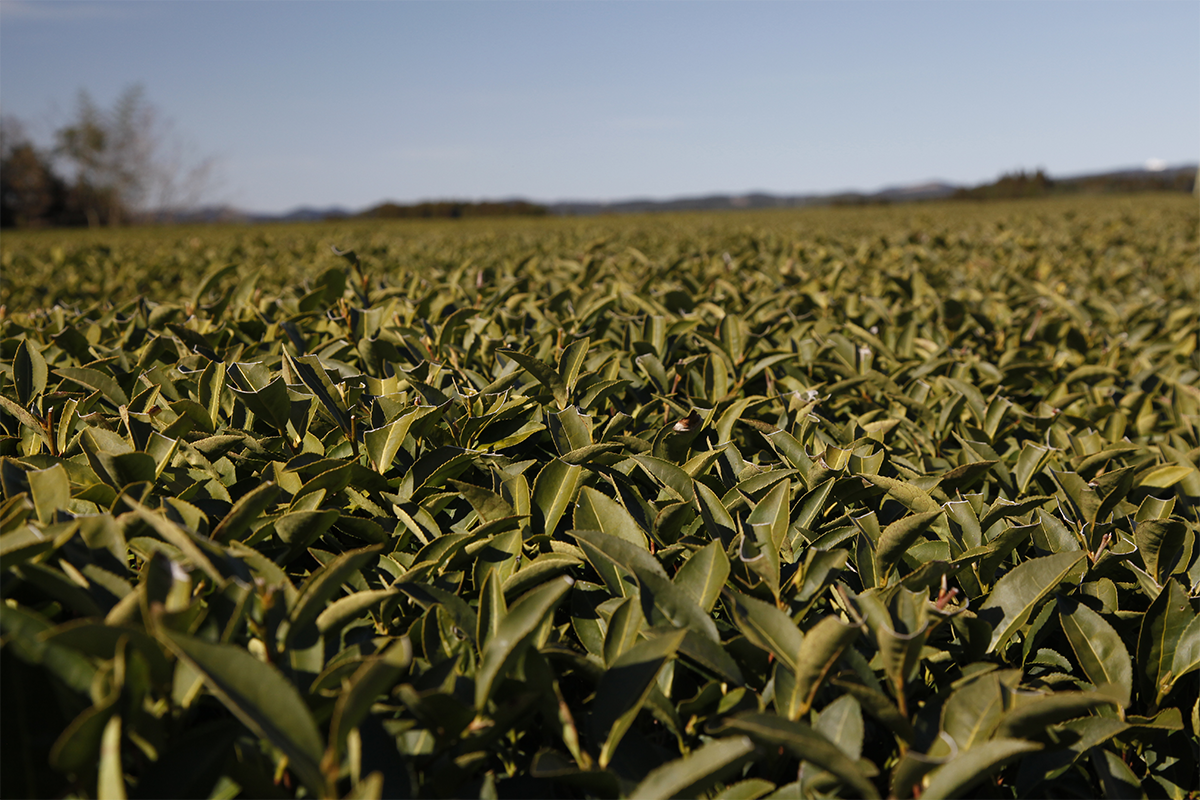Last week I talked about how the mixing of tea leaves by Japanese co-operatives can limit the range of flavours in the country’s teas, but there are also some very positive developments coming from Japan. For example, a few decades ago, the country could be described as mono-cultivar: the vast majority of growers used the Yabukita variety. Happily, today, there are an increasing number of cultivars used in Japan, such as sae-midori, oku-hikari and asatsuyu. A greater range of cultivars means that once the tea is infused, it produces a wider palette of aromas and flavours. And that is good news for tea lovers.
Japan, the end of the single variety
3 March 2017





